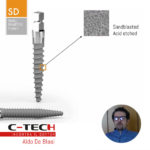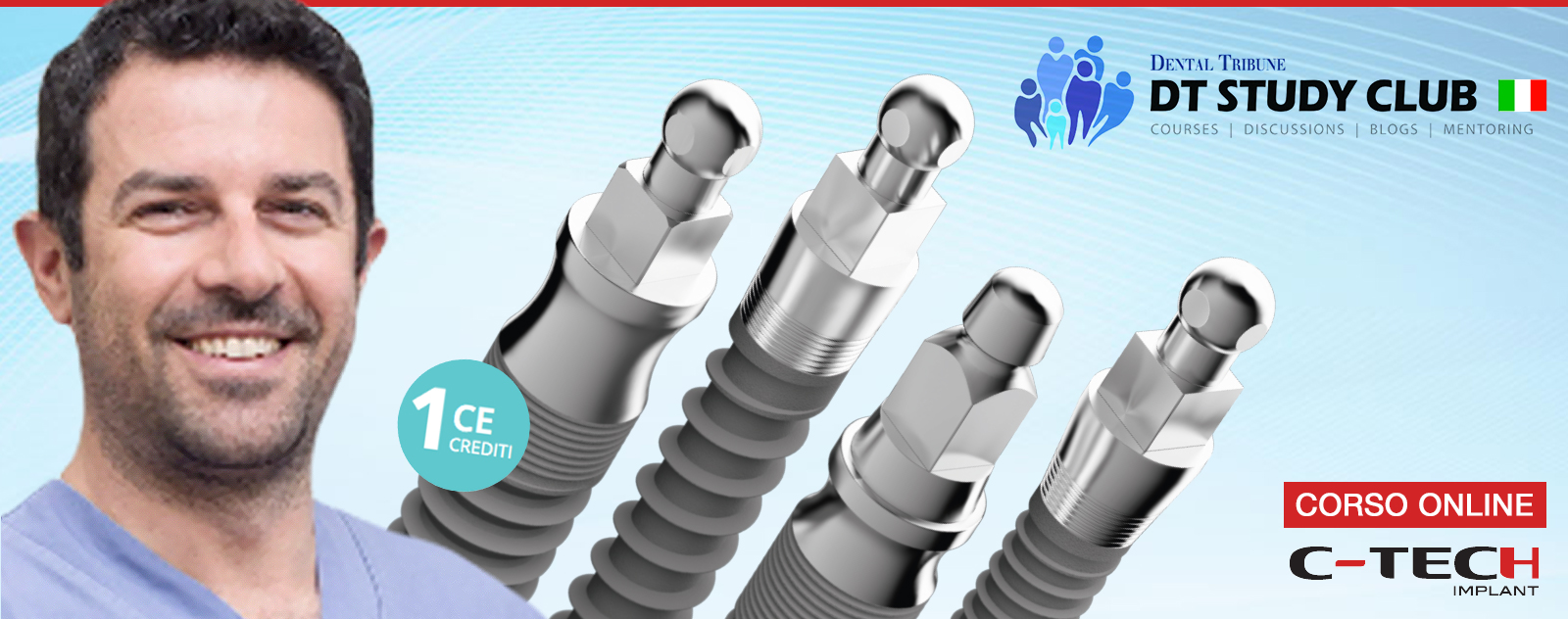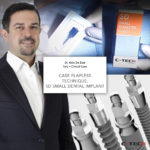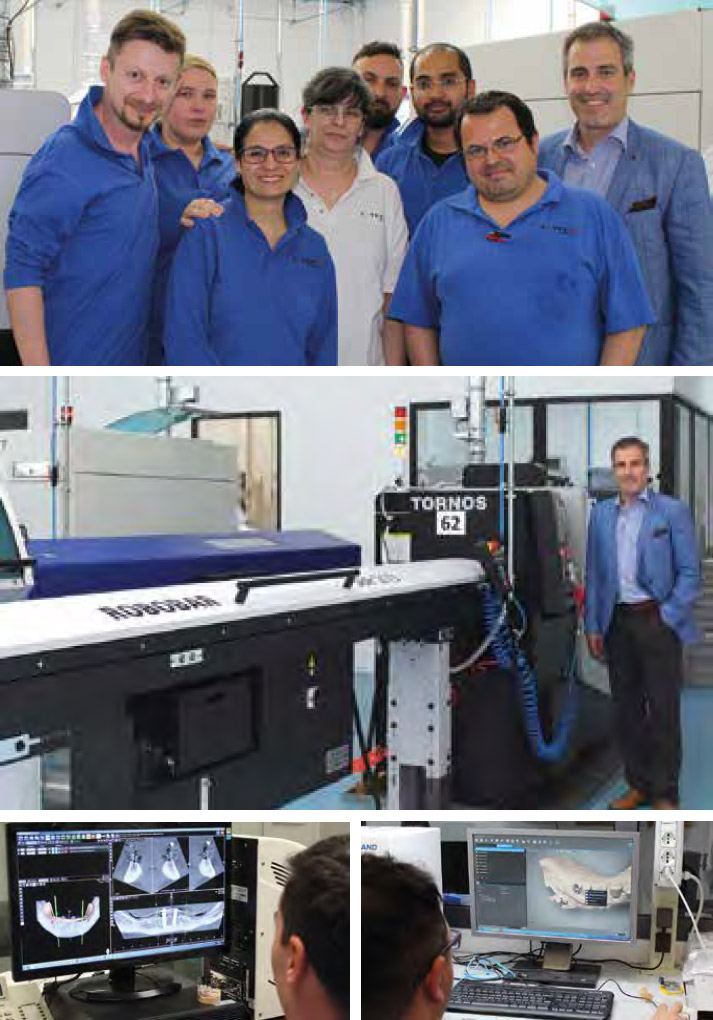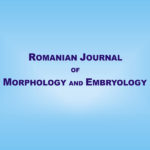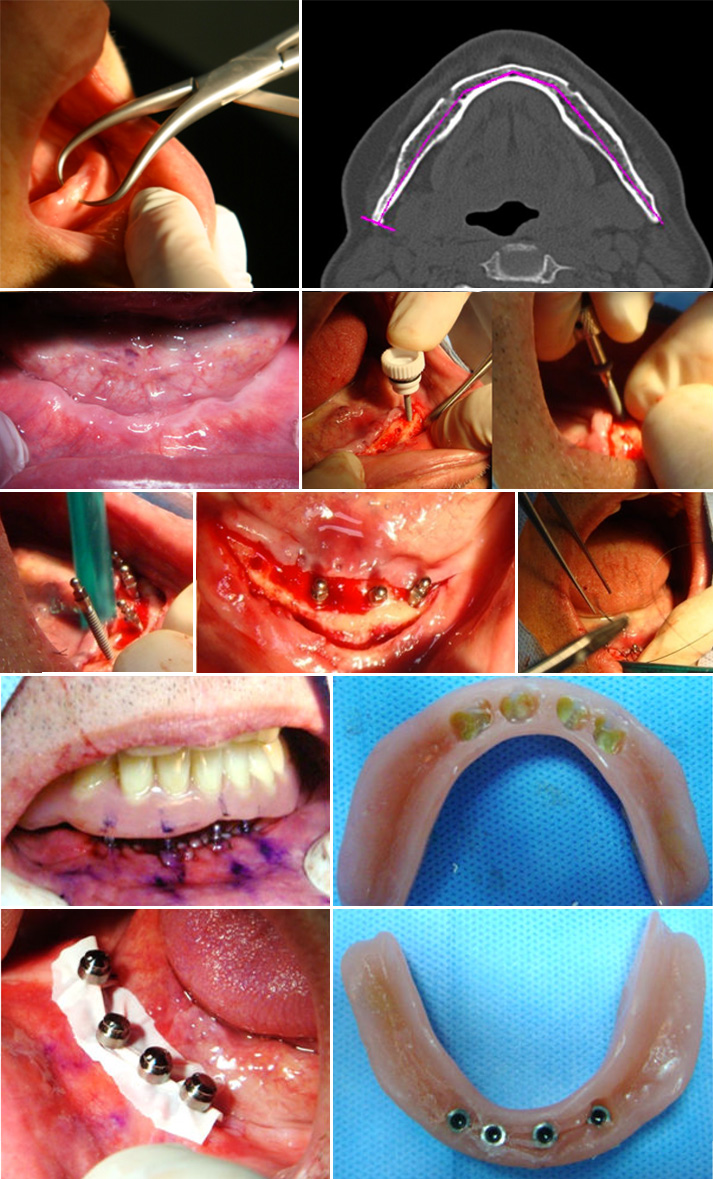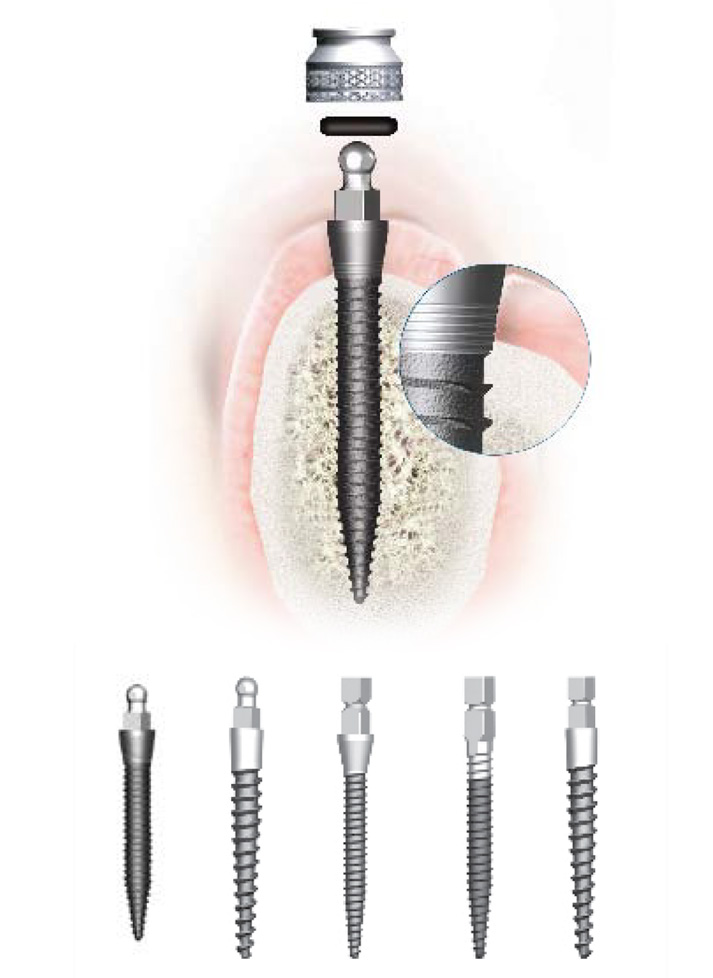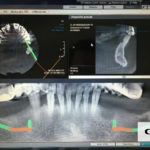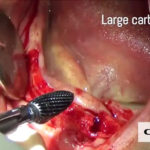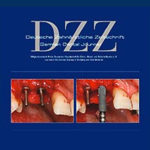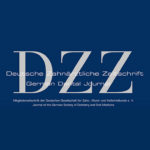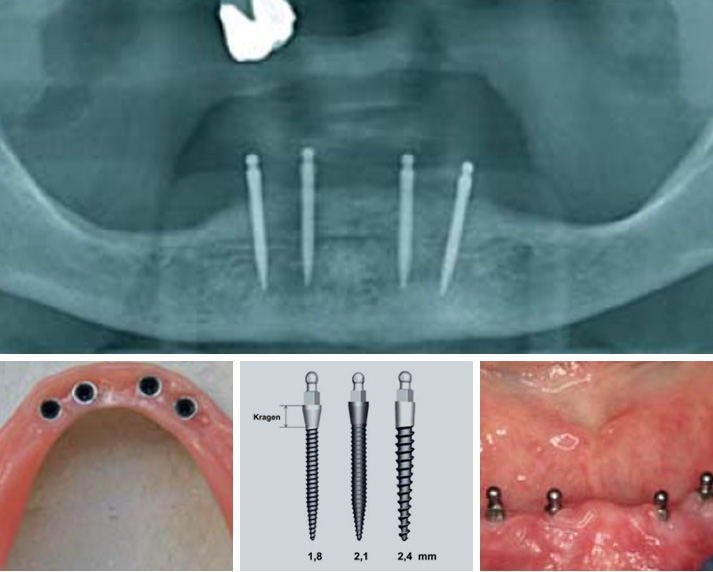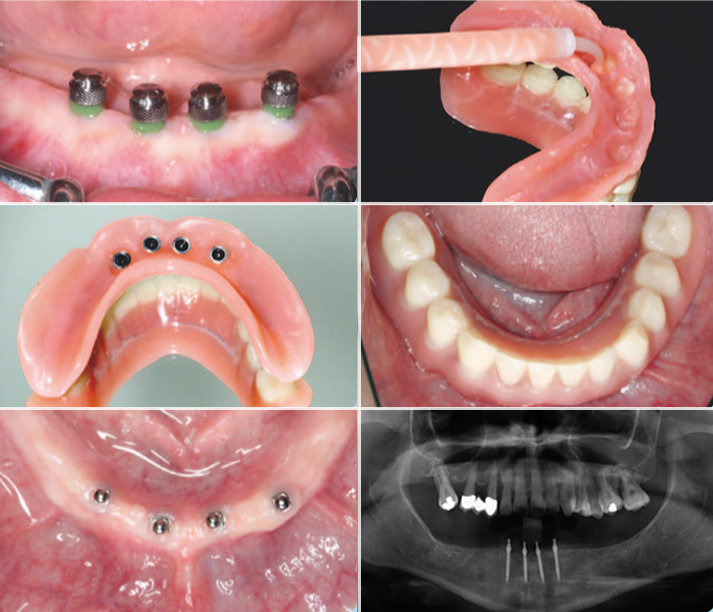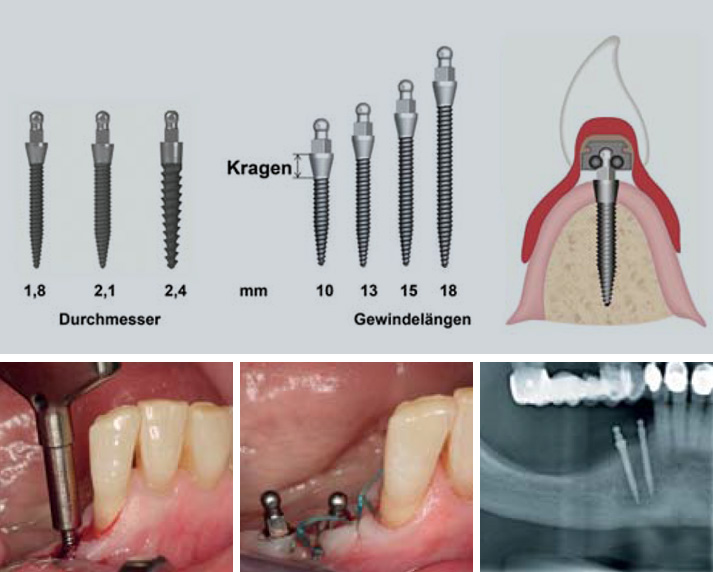
References
1. Ellis JS, Levine A, Bedos C et al.: Refusal of implant supported mandibular overdentures by elderly patients. Gerodontology 2011;28:62–68
2. Elsyad MA, Gebreel AA, Fouad MM, Elshoukouki AH: The clinical and radiographic outcome of immediately loaded mini implants supporting a mandibular overdenture. A 3-year prospective study. J Oral Rehabil 2011;38:827–834
3. Elsyad MA, Ghoneem NE, El-Sharkawy H: Marginal bone loss around unsplinted mini-implants supporting maxillary overdentures: a preliminary comparative study between partial and full palatal coverage. Quintessence Int 2013;44:45–52
4. Esposito M, Grusovin MG, Maghaireh H, Worthington HV: Interventions for replacing missing teeth: different times for loading dental implants. Cochrane Database Syst Rev 2013, Mar 28;3:CD003878. doi:10.1002/14651858.CD003878.pub5. Review
5. Flanagan D, Mascolo A: The mini dental implant in fixed and removable prosthetics: a review. J Oral Implantol 2011;37(Spec No):123–132
6. Fuh LJ, Huang HL, Chen CS et al.: Variations in bone density at dental implant sites in different regions of the jawbone. J Oral Rehabil 2010;37:346–351
7. Griffitts TM, Collins CP, Collins PC: Mini dental implants: an adjunct for retention, stability, and comfort for the edentulous patient. Oral Surg Oral Med Oral Pathol Oral Radiol Endod 2005;100:e81–e84
8. Hasan I, Bourauel C, Mundt T, Stark H, Heinemann F: Biomechanics and load resistance of small-diameter and mini dental implants: a review of literature. Biomed Tech 2014;59:1–5
9. Heinemann F, Bourauel C, Hasan I, Mundt T: Mini-Implantate als strategische Pfeiler zur verbesserten Retention von Teilprothesen. Implantol J 2014;18:26–33
10. Huemer P, Huemer B, Gollmitzer I: Mini-Implantate – Möglichkeiten und Grenzen im zahnlosen Unterkiefer. Quintessenz 2013;64:315–325
11. Klein MO, Schiegnitz E, Al-Nawas B: Systematic review on success of narrow-diameter implants. Int J Oral Maxillofac Implant 2014;29:43–54
12. Krennmair G, Krainhöfner M, Waldenberger O, Piehslinger E: Dental implants as strategic supplementary abutments for implant tooth-supported telescopic crown-retained maxillary dentures: a retrospective follow-up study for up to 9 years. Int J Prosthodont 2007;20:617–622
13. Mangano FG, Caprioglio A, Levrini L, Farronato D, Zecca PA, Mangano C: Immediate loading of mandibular overdentures supported by one-piece, direct metal laser sintering mini-implants: A short-term prospective clinical study. J Periodontol. 2014;2:1–13.[Epub ahead of print]
14. Morneburg TR, Pröschel PA: Success rates of microimplants in edentulous patients with residual ridge resorption. Int J Oral Maxillofac Implants 2008;23:270–276
15. Mundt T, Heinemann F, Stark T, Schwahn C, Biffar R: Verlustanalyse von Mini-Implantaten zur Fixierung totaler Prothesen. Dtsch Zahnärztl Z 2014;69:262–270
16. Mundt T, Schwahn C, Stark T, Biffar R: Clinical response of edentulous people treated with mini dental implants in nine dental practices. Gerodontology 2015;32:179–187
17. Preoteasa E, Imre M, Preoteasa CT: A 3-year follow-up study of overdentures retained by mini-dental implants. Int J Oral Maxillofac Implants 2014;29:1170–1176
18. Rammelsberg P, Bernhart G, Lorenzo Bermejo J, Schmitter M, Schwarz S: Prognosis of implants and abutment teeth under combined tooth-implant supported and solely implant supported double-crown-retained removable dental prosthesis. Clin Oral Implants Res 2014;25:813–818
19. Scepanovic M, Calvo-Guirado JL, Markovic A et al.: A 1-year prospective cohort study on mandibular overdentures retained by mini dental implants. Eur J Oral Implantol 2012;5:367–379
20. Shatkin TE, Petrotto CA: Mini dental implants: a retrospective analysis of 5640 implants placed over a 12-year period. Compend Contin Educ Dent 2012;33(Spec 3):2–9
21. Walzer W: Mini-Implantate zur Stabilisierung von Teilprothesen. Dent Implantol 2013;17:396–401
22. Wentaschek S, Scheller H, Schmidtmann I et al: Sensitivity and specificity of stability criteria for immediately loaded splinted maxillary implants. Clin Implant Dent Relat Res 2014, Dec 23. doi:10.1111/cid.12283. [Epub ahead of print]



